Vintage Tribal Kilim Runner 3' 1" x 12' 2" (37" x 146")
Type:
Kilim RugsCollection:
Tribal Runners, ClearanceID:
K0069693Size:
Material:
The designs feature a rich array of symbols representing tribal culture and Anatolian motifs, often in the form of medallions, diamonds, and other geometric shapes.
The designs feature a rich array of symbols representing tribal culture and Anatolian motifs, often in the form of medallions, diamonds, and other geometric shapes. These kilim runners are ideal for hallways and narrow spaces, offering a touch of ethnic charm and artisanal quality to any interior.
Herki kilims not only serve as functional floor coverings but also as artistic expressions of tribal identity, making each rug a unique cultural artifact.
Design Elements
- Pattern: The kilim features a geometric design with interlocking shapes, including diamonds, rectangles, and lines that create a sense of movement.
- Motifs: The central motifs include stylized diamonds and cross-like shapes, which hold cultural significance and represent various concepts such as fertility and protection.
- Texture: The flat-weave technique gives the runner a smooth texture, enhancing its visual appeal and making it suitable for various floor types.
- Fringe: The raw, tied fringe at both ends adds authenticity and character to the piece, highlighting its artisanal origins.
Colors
- Earth Tones: The primary color palette consists of warm earth tones, including brown and beige, which provide a rustic and inviting feel.
- Accent Colors: Hints of cream break the dominance of earthy tones, adding depth and contrast to the overall design.
Symbolism of the Main Motifs
- Fertility Symbols: The diamond shapes often symbolize fertility and the beginning of new life.
- Protection Symbols: Many cross motifs are believed to protect the household from negativity and bring good fortune.
- Cultural Identity: The recurring patterns signify community identity, reflecting the heritage and traditions of the weaver's tribe.
- Balance and Harmony: The arrangement of shapes often signifies the balance between nature and life, representing the connection between humanity and the environment.
Summary
The vintage tribal kilim runner combines intricate design elements with a rich color palette rooted in earth tones. The geometric patterns, including diamonds and cross-like shapes, reflect cultural symbols of fertility, protection, and balance. The warm and muted colors not only enhance the aesthetic appeal but also convey deep meanings tied to nature and community heritage, making the rug a significant artistic and cultural piece.
- Ships in 1-4 business days
- Only one in stock, handmade, unique
- Free shipping via FedEx Express. Easy returns
- Contact us or add a note to your order if you want us to delay your shipping.
- Request more info if you want this rug shorter or narrower
Colors may appear slightly different across various monitors due to screen settings device differences, and external lighting conditions. If color accuracy is important for your space, we recommend viewing the rug on multiple devices or contacting us for a detailed color description. We can provide detailed photos and references using Sherwin-Williams, Benjamin Moore, Pantone, or even Crayola crayons.
You can also visualize most of our products in your own room with AR (augmented reality) on an iPhone or iPad.
Return Policy
Need a rug pad? We recommend RugPadUSA
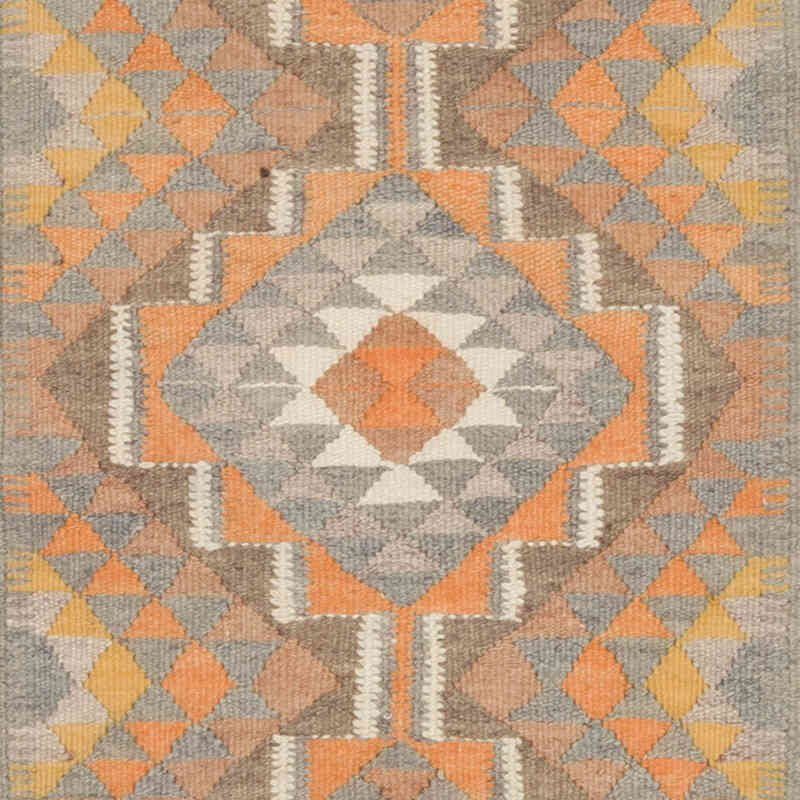
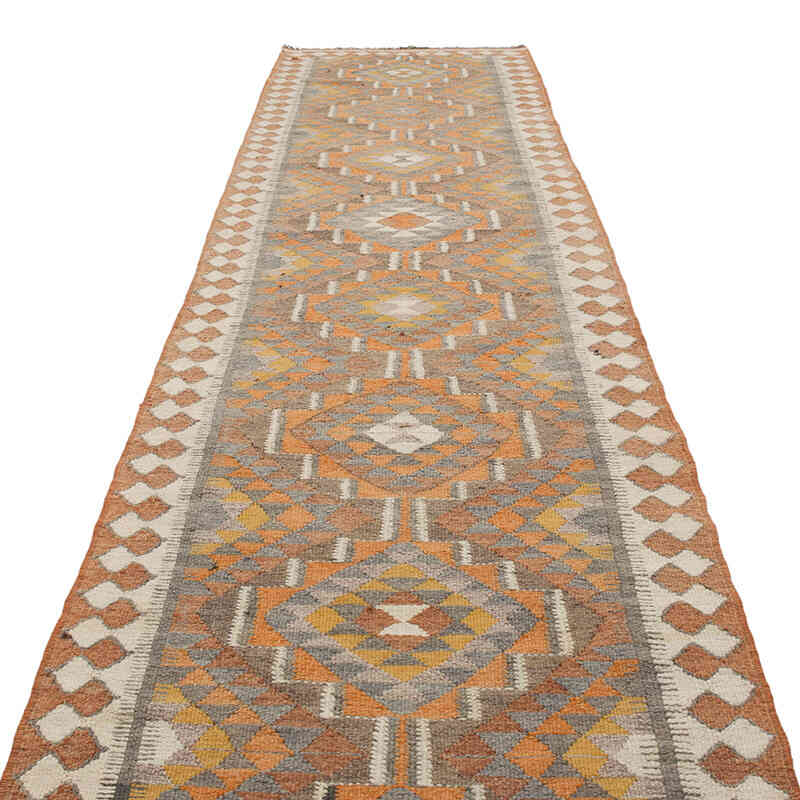


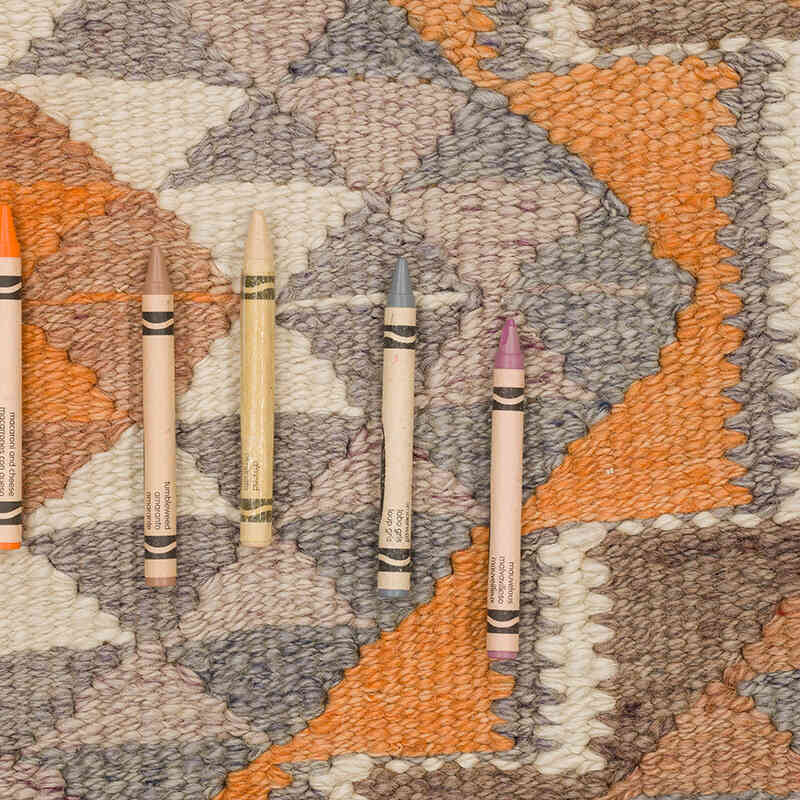
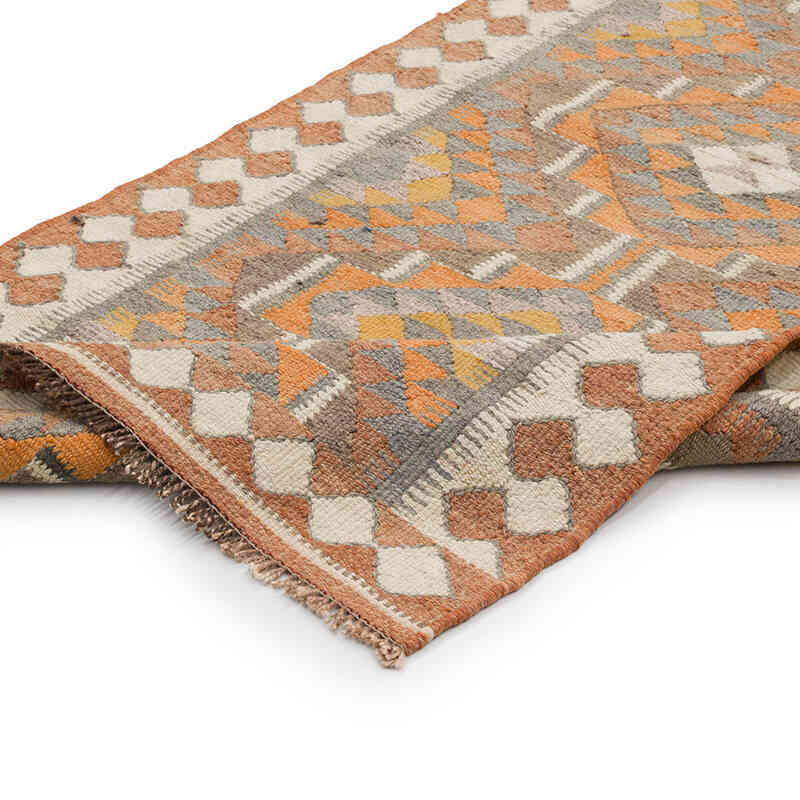
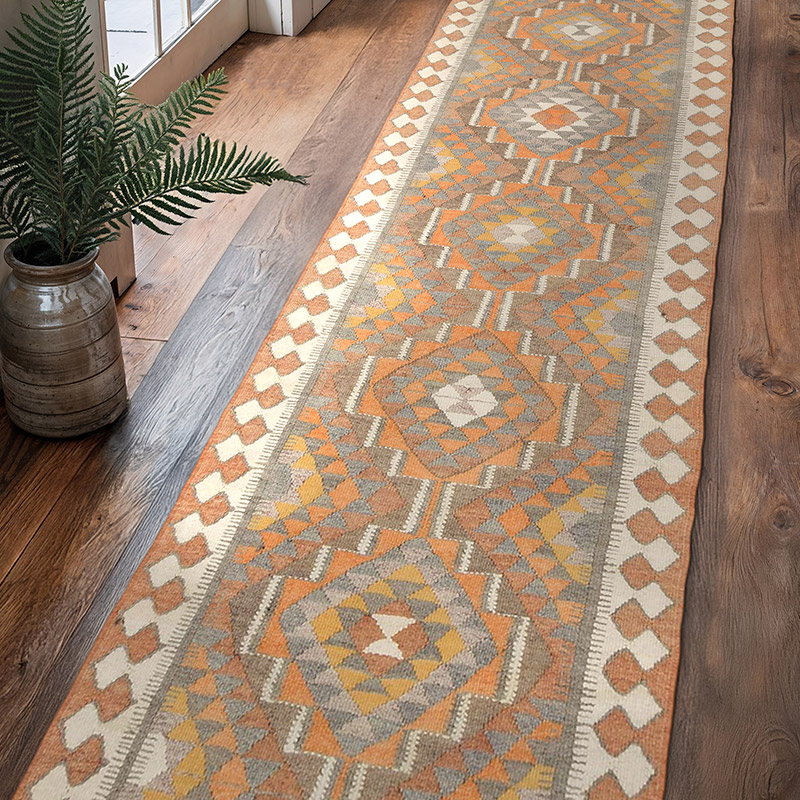
















the rug is perfect